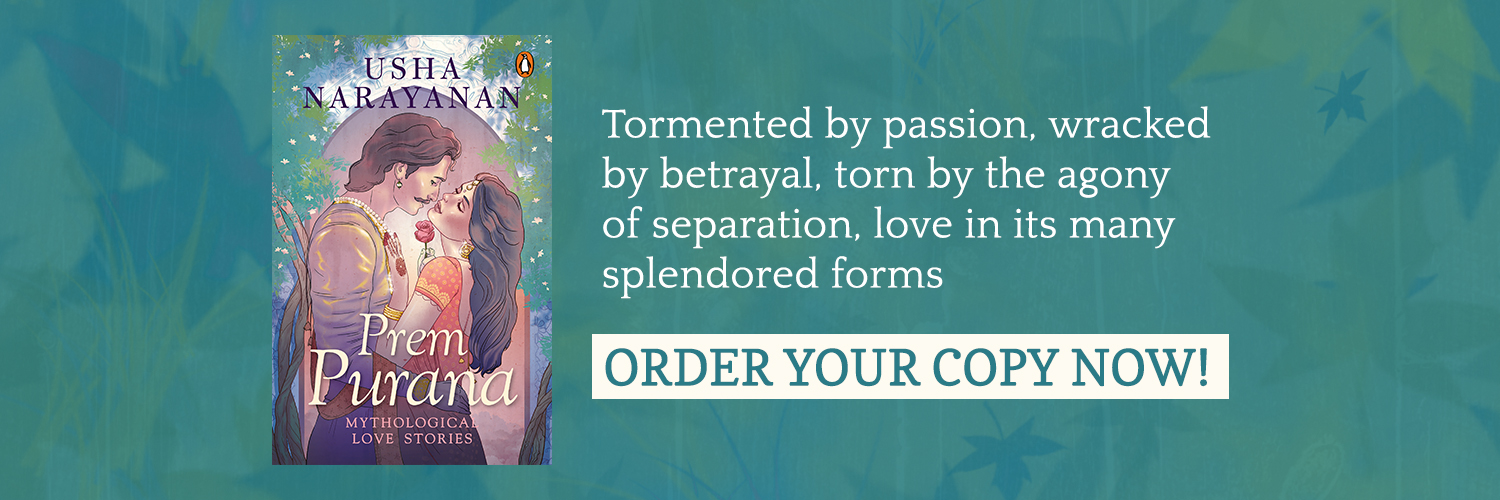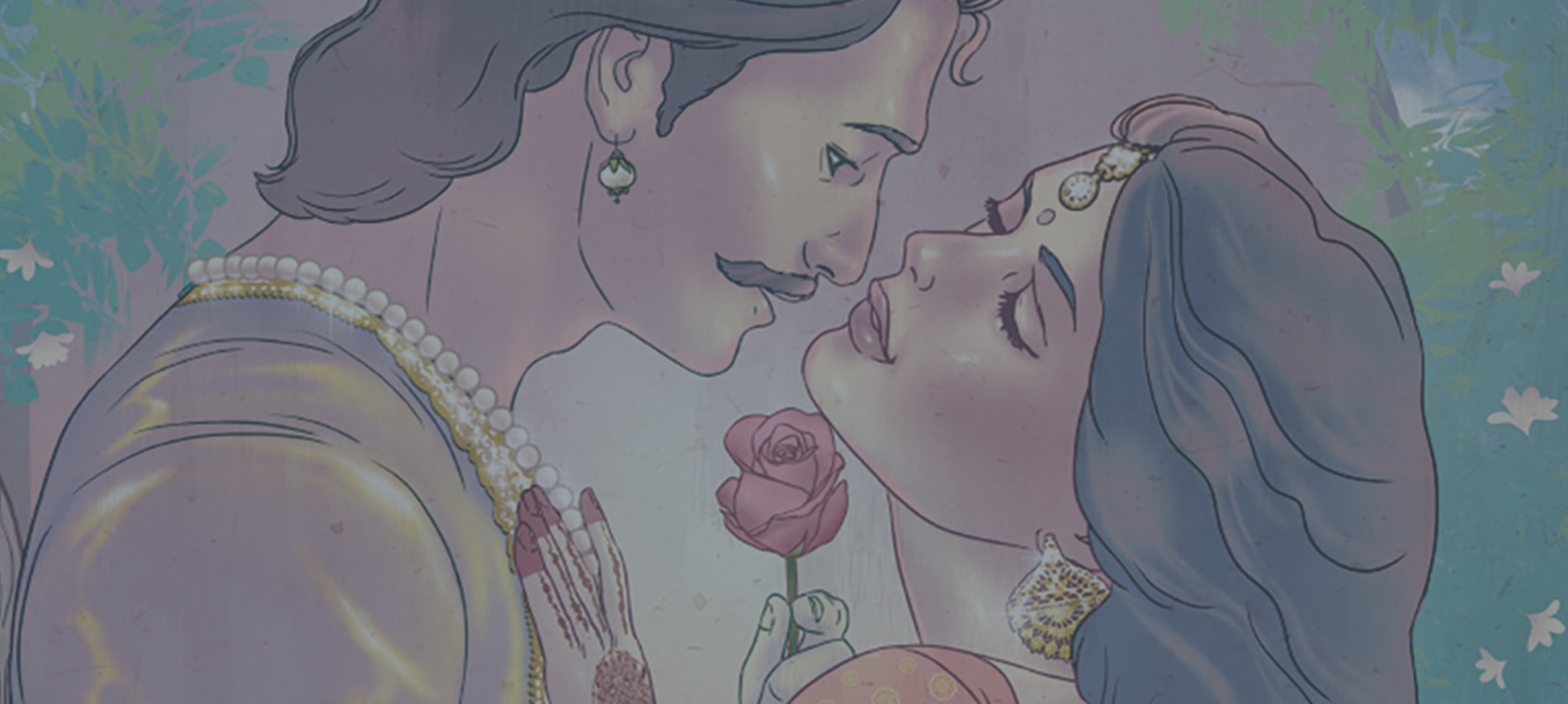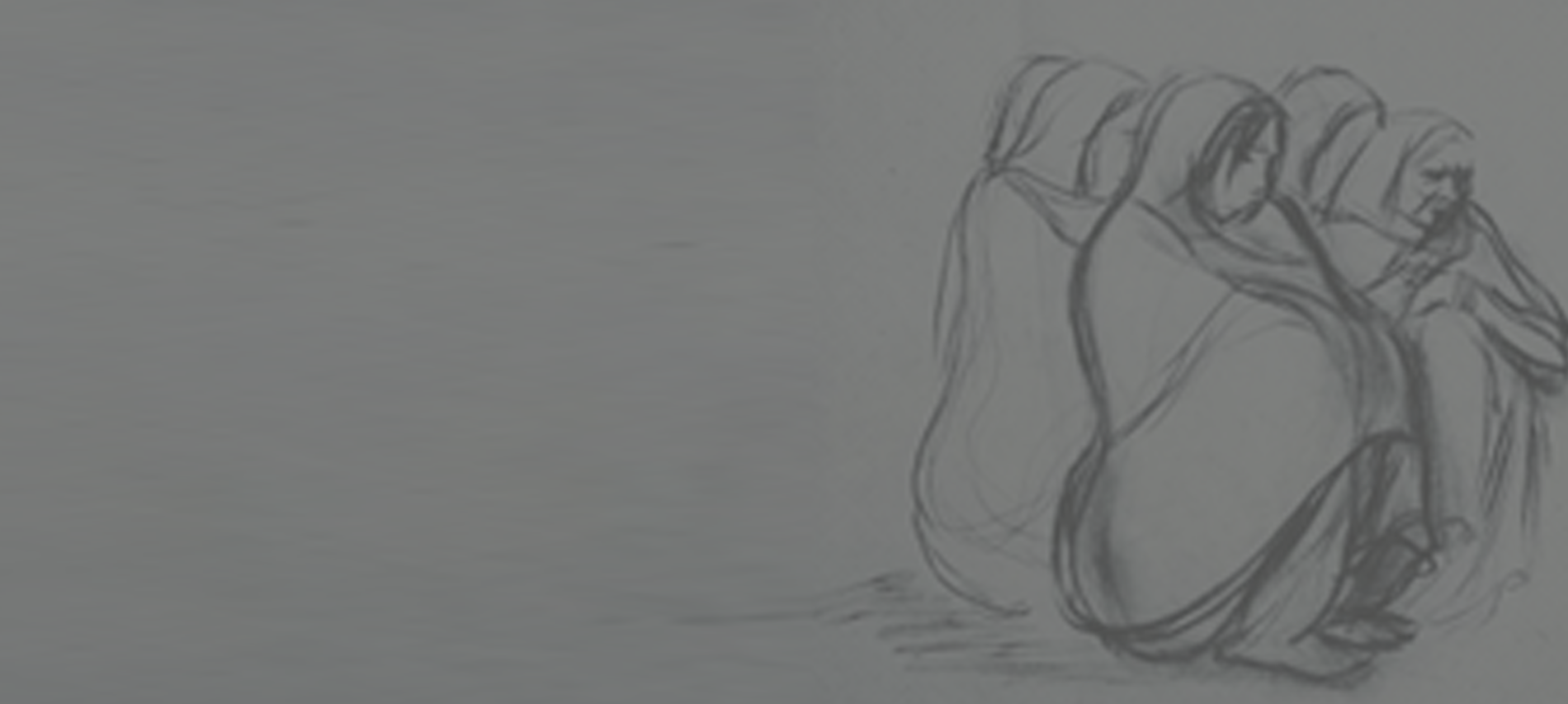Usha Narayanan, author of Prem Purana, has donned many hats, before becoming a successful full-time author. In her glorious career, she has dabbled with genres like thriller and romance, before turning to mythology. Her works Pradyumna: Son of Krishna and The Secret of God’s Son have been praised as ‘Indian mythology at its fiercest and finest’.
Her latest book, Prem Purana is about stories of love and extraordinary devotion found in Hindu mythology. On the launch of the book we asked her what about the mythological stories attracted her to write about them.
Here’s what she had to say.
The idea of writing mythological love stories was born during a conversation with my editor Vaishali Mathur at the Jaipur Literature Festival when she suggested that I should combine my strengths in writing mythology and romance. At that point, I was busy with The Secret of God’s Son and it was only after it was completed that I could think seriously think about this. I knew that our epics and Puranas focused more on the battle between good and evil, with heroic gods and fearsome demons confronting one another. Only a few love stories were widely known, such as the one of Kama shooting his arrow of love at ascetic Shiva, or of Arjuna winning Draupadi’s hand at her swayamvara.
I began my quest by re-reading all the ancient lore with an eye to discovering tales of the heart. As always, when writing mythological fiction, I wished to focus on untold stories, using my imagination to bring alive minor characters or lesser-known aspects of major ones. The first character who caught my eye was Ganesha. We think of him as the lovable elephant-headed god with a fondness for modakas. But who did he marry? People in the south of India swear that he is single, but others state vociferously that he is married. The images in temples show him either alone or with a wife or two. What are their names? Some say Siddhi and Riddhi, while others think their names are Siddhi and Buddhi. That was enough intrigue to stimulate my mind!
Another interesting layer to the story is the idea that Buddhi, Siddhi and Riddhi represent intellect, spiritual power and prosperity. As their names are merely mentioned in passing in most Puranas, I could give full rein to my imagination in portraying them. I endowed the three with distinct characteristics and showed Ganesha wooing them in different ways, according to their particular likes and dislikes. My Riddhi is sprightly, Buddhi is silent and deep, and Siddhi is fierce and opposed to the very idea of marriage! Their stories span three realms and four yugas, shedding light on many engaging aspects of Ganesha, the first among the gods. To add to the appeal, I discovered that in Bengal, during Durga Puja, Ganesha even has a banana bride!
I think readers will enjoy seeing Gajamukha in a refreshing new light in Ganesha’s Brides, the first of the three stories in Prem Purana.
“Siddhi watched as more and more arrows struck Ganesha, causing blood to flow like a flood. Was he ready to meet death rather than forsake his promise to her? Would he sacrifice everything for the sake of his love?”
**
For the second story, Mandodari, my inspiration came from the Ramayana. Ravana was Brahma’s great grandson on his father’s side and an asura prince on his mother’s. Choosing to follow the asura path, he pillaged heaven and earth, ravished women and abducted Rama’s wife Sita. What I found of interest was not his war with Rama, but his relationship with his wife Mandodari. How did she react to all this? Did she protest or did she submit silently to his actions? What was her background? Did the rakshasa love her? And the most exciting question of all―did Mandodari come face to face with Sita, the woman she regarded as the instrument of doom that would bring down Lanka?
I found no answers in the commonly available texts where Mandodari features in a mere two or three scenes. Fortunately, however, there are many Ramayana versions available. I followed the uncommon trails, used my imagination and fleshed out the queen’s character, placing her emotions at the centre of the narrative. The story also reveals startling new facets of Ravana’s character and motivations. I think Mandodari, with all its twists and turns, will be riveting and revelatory to readers.
“‘Snatching a woman by force or stealth is not an act of valour, Ravana. She is not an object of lust or a means to settle scores with your enemy,’ said Mandodari, her voice loud and clear. She would speak the truth regardless of consequences. It was a risk she had to take for Ravana and her people.”
**
After delving into the lives of a merry god and a dire rakshasa, it was time to move to the human plane, with the story of King Nala and Princess Damayanti. She turned down the gods who courted her at her swayamvara and chose Nala as her husband. Though she chose love over immortality, Nala was driven by his own demons and abandoned her in a dangerous forest. Damayanti struggled to survive the perils that confronted her at every turn, but forged forward regardless. She did not give up hope and devised various stratagems to reclaim her happiness.
I was fascinated by her strength and also by the magical swan that plays a key role as the messenger of love. I named the swan Gagana, meaning sky or heaven, and created a charming and audacious companion to Damayanti. The Kali demon, who plays a major role in my previous books, Pradyumna: Son of Krishna and The Secret of God’s Son, is the enemy that Nala and his queen must confront. How can a mortal pair combat the power of the demon who reigns over a dark yuga that signals the end of the world? Love, loss, hope and despair form the chequered background of this poetic tale.
“‘Majestic Ashoka, whose name signifies one who destroys grief . . . Free me from pain and unite me once more with my Nala!’ cried Damayanti, sinking to her knees under a soaring Ashoka tree. Alas, the tree made no answer and all she could hear was the wind rustling among the leaves.”
**
A major part of my excitement in writing these stories came from the opportunity to focus attention on the women in our epics who are often sidelined. We often find that a woman is regarded as a prize to be won, someone who is forced to watch quietly while her husband makes disastrous decisions. However, the heroines in Prem Purana are central to the action. They are strong, independent thinkers who inspire the males in their lives―god, asura or king―to do the right thing and live up to their responsibilities.
I hope readers enjoy reading these tales which provide a good mix of fervour and fury, heroism and heartbreak, set against a spectacular backdrop spanning heaven and earth.

Tag: author speaks
An Unresolved History: A Legacy Of Partition
By Urvashi Butalia
It is close on two decades now that I have been researching and writing on the human histories of Partition. As story upon story unfolds, and terrible, painful histories begin to emerge, it does not, contrary to popular wisdom, become any easier to deal with them.
One of the many grave consequences of Partition—and one which remains all the more prevalent today—has been the ease with which so many Indians and Pakistanis fall into a pattern of mutual demonisation, so that virtually everything, whether it relates to bombs, or to violence or to foreign relations or to territorial claims, can be laid at the door of the ‘other’. If it was not so serious, it would be laughable: imagine two mature, intelligent (if one can use those terms for nation states) countries in the twenty first century placing virtually every failure at the door of the ‘other’. Indeed so powerful is the jingoism, and so deep the suspicion, that attempts to move out of that are seldom successful.
The story below provides an illustration of this.
I once received a letter from Pakistan, sent by a young man called Tanveer Ahmed, who had made it his mission in life to bring his grandmother, originally from Kashmir, to Indian Kashmir to meet her siblings, and he wrote to ask if I could help in getting her a visa.
His letter started by recounting the facts of his story. They are as follows:
- I have been trying to re-unite my maternal grandmother with her siblings since 1989, having met them that year (They live about 90kms apart, divided by the LOC since October 1947)
- After objecting for many years, my maternal grandfather finally agreed to allow me to seek an Indian visa for my maternal grandmother after learning of the death of her younger brother. He even expressed interest himself in visiting her remaining family members.
- Being a British citizen (I have lived in the UK since the age of 4) it was obvious that I would seek my Indian visa from London (I have been to India twice before—1989 and 1993). After meeting the concerned Visa Officer and outlining my reason for travel, he stipulated that I should request a fax from my relations in India to verify our relationship. After confirming that to be the only stipulation, I duly received a fax from my Indian uncle in Rajauri and presented it to the visa officer. He, in turn, expressed that he found it impossible to believe that Hindus and Muslims could be related and insisted that I re-apply for my Indian visa from the IHC in Islamabad. He was at pains to insist that IHC (Islamabad) would merely request an NOC from IHC (London) and that I would promptly receive my visa within a matter of days. He even gave me his personal phone number in case of any problem with IHC (Islamabad). On his persistence, I felt I had no option but to trust him on his word despite my scepticism.
- When I applied in Islamabad, I was initially told to check after a few days, then a couple of months, then I was told that my case was in the Indian Home Ministry pending approval. After a few months, I was informed that the issue could take up to two or two and a half years.
- I also applied for the LOC crossing in November 2005 only to learn a few months ago that people applying after me have been and come back.
Tanveer wrote in desperation, anxious to find a way of getting his grandmother to Indian Kashmir to meet with her relatives. Concerned that both her age and her heart condition would make it increasingly difficult for her to travel, he gave up his job in London to come to Pakistan and devote all his energy to achieving the goal he had set himself. To him, getting his grandmother to Indian Kashmir was not only a personal mission—she was the one who had brought him up as a child—but also a way of contributing to the lessening of tension between India and Pakistan. He saw visits to and reunions with relatives across borders as one way of doing so. As he said:
My personal and professional experience of life equips me well to make a positive and constructive input into Indo-Pak Relations. It’s a real pity that neither country has been able to read that about me thus far. I completed a cycle ride from Torkhem (Pak-Afghan border NWFP) to Wagah (PAk-Indian border Punjab) in the sweltering heat recently to display my seriousness for peace between the two countries. I aim to continue this cycle ride from Attari to Kolkatta as soon as my grandmother has been re-united with her family.
Despite his best efforts Tanveer Ahmed’s labours continued in vain, with little hope of a visa being granted for his grandmother to travel to India. With some help from him, I was able to explore this story further and to meet with his grandfather in England, and as the story unfolded, other aspects became clear.
His grandfather was among the many Pathans, men who came to Kashmir in October of 1947 as part of what has come to be known as the raiders’ attack. A little over sixteen at the time, Tanveer’s grandfather said he knew very little about why they went to Kashmir, but that as a group of young boys, they found the whole enterprise to be something of an adventure. At some point they came across a group of young girls who were running away from the violence, in search of safety. The boys divided up the girls between them, and Tanveer’s grandfather married the girl who came to ‘his share’.
At the time, the assumption was that her family had all been killed. She converted to Islam and stayed on with her husband in Pakistan-administered Kashmir, believing all the while that everyone else in her family was dead. After some years, her husband moved to England, and she stayed behind, and it was a chance encounter with a relative of hers in England—a distant cousin—that led her husband to the discovery that some members of her immediate family had survived and were still living in India-administered Kashmir. And among them was her brother.
Keen to go back to what she still thought of as her home, Tanveer’s grandmother began to focus all her energy—as so many Partition survivors do—on meeting her family again. But her husband, fearful of this new element in their lives, was not at first willing to let her go. Eventually he agreed, but at that stage, it was bureaucracy and the political standoffs between the two countries that continued to work against this family.
As with so many Partition stories, this one too remains unfinished in its telling. Many years later I heard from Tanveer that a visa had finally been granted and his grandmother did finally manage to go to her family home across the border. What we do not know is what that visit meant to her – did it finally resolve something for her? Put a closure on a history that had so far remained unfinished, perhaps incomplete? And what did this search mean for Tanveer, born after Partition, with no direct memory of it, but with its constant presence in his life? These are questions to which we’re not likely to find satisfactory answers. These are questions that still do not easily enter the histories of our countries for the tension between history and memory prevents us from seeing how they can so fruitfully overlap and enrich each other.
This story is in no way adequate to even begin to understand the complex and multiple legacies of Partition that stretch their long arm into the present of India and Pakistan and that still influence the ways in which both nations and indeed their peoples relate to each other. There are not many countries in the world where, after seventy years, the divide is still so deep politically, that any contact is difficult, sometimes, as in Tanveer’s family’s case, virtually impossible, and looked upon with suspicion. No matter that travel restrictions have eased in the last several years but there is still the very real fear that the moment things go wrong in the India-Pakistan equation, the first thing to be affected will be the issuing of visas. Traumatic histories leave many scars that take several generations to heal, and India and Pakistan are no stranger to these, but the opening up of contact, the easing of travel barriers, the issuing of visas—these things signal a return to the ‘normal’ behaviour that is so necessary for nation-states to own, regardless of how terrible their pasts have been.
AUTHOR BIO:
Urvashi Butalia is a publisher and writer based in Delhi. She is co founder of Kali for Women, India’s first feminist publishing house and now runs Zubaan, an imprint of Kali. She has written and published widely on a range of issues. Among her published works are a co-edited volume, Women and the Hindu Right: A Collection of Essays, Speaking Peace: Women’s Voices from Kashmir and the award winning history of Partition: The Other Side of Silence: Voices from the Partition of India which has been translated into eleven languages. (Urdu, Hindi, Malayalam, Tamil, Assamese, Marathi and French, German, Bahasa, Japanese, Korean)








